Top 9 Examples of Spatial Computing
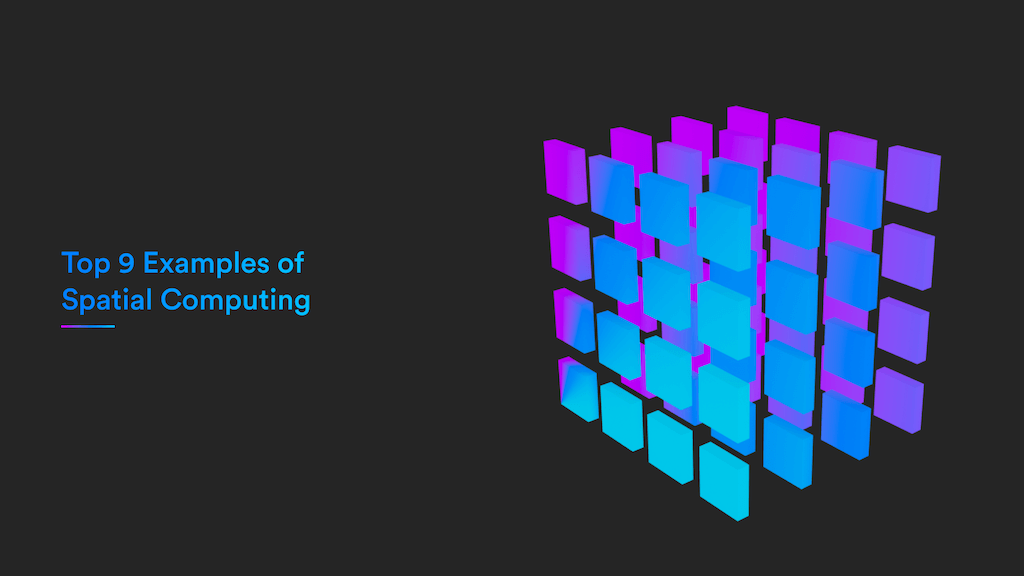
Spatial Computing is transforming how we interact with technology. Merging the physical and virtual worlds unlocks a wide range of new applications and use cases that were once only imagined in science fiction. Here's a closer look at some of the top examples of how spatial computing is being used today.
List of Top 9 Examples of Spatial Computing
- Apple TV: Spatial Cinema
- Meta Codec Avatars: Virtual Meetings
- Apple Mindfulness: Spatial Meditation
- Microsoft 365: Productivity
- Formula 1: Industrial Design
- IKEA Place: Home Design
- US Army: Integrated Visual Augmentation System
- Mercedes Benz: Remote Assist
- Wildfire: Digital Twins
What is Spatial Computing?
Spatial computing encompasses technologies that enable human-computer interactions within three-dimensional environments. This includes:
- Augmented Reality (AR): overlaying digital content on the physical world.
- Virtual Reality (VR): completely immersive digital experiences.
- Mixed Reality (MR): a blend between physical and digital experiences.
These technologies enable users to engage with digital content as if it were a part of their physical environment, offering a new and immersive way of interacting with technology. Here are some of the leading spatial computing devices:
- Apple Vision Pro: Apple's new mixed reality headset, targeting tech enthusiasts and professionals at the high-end price point of $3499.
- Meta Quest 3: Meta’s mass market mixed reality headset, priced at $499, aiming to lead the mass adoption of mixed reality.
- Microsoft Hololens 2: A mixed reality headset specifically designed for enterprise applications, offering immersive experiences tailored to professional needs.
- Magic Leap 2: The most advanced enterprise mixed reality headset.
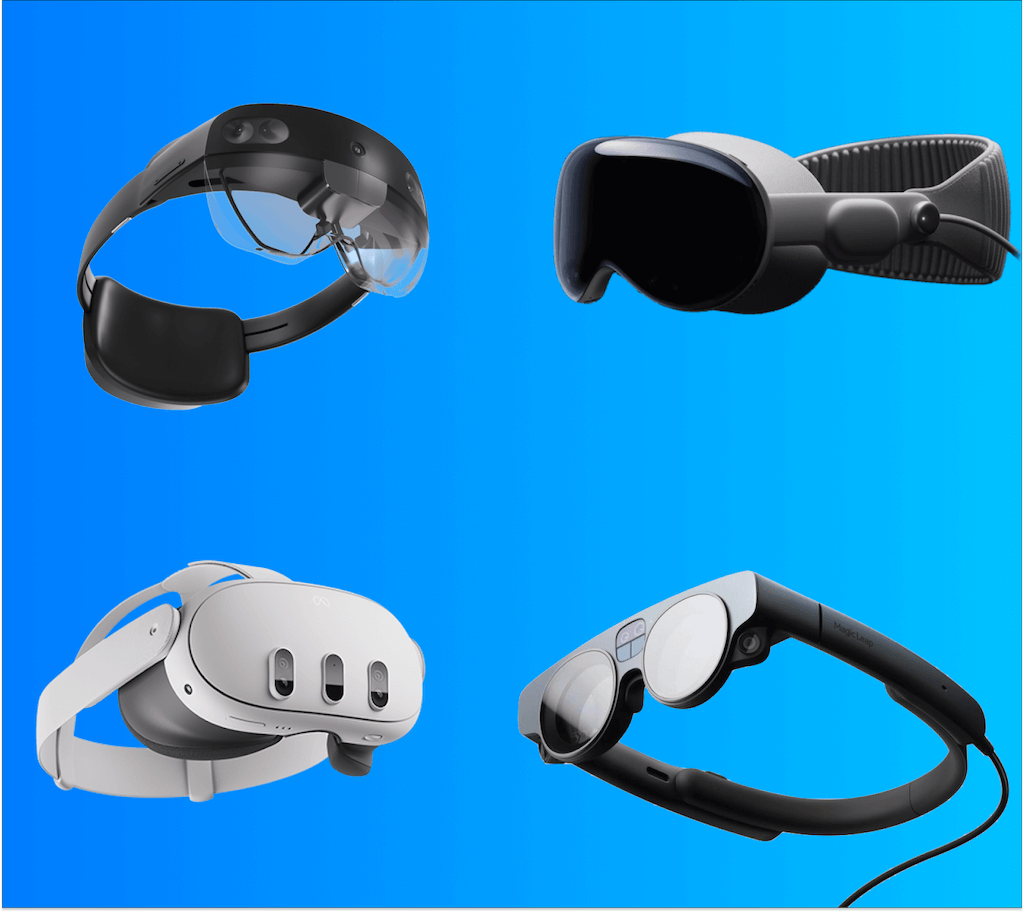

Examples of Spatial Computing
1. Apple TV: Spatial Cinema
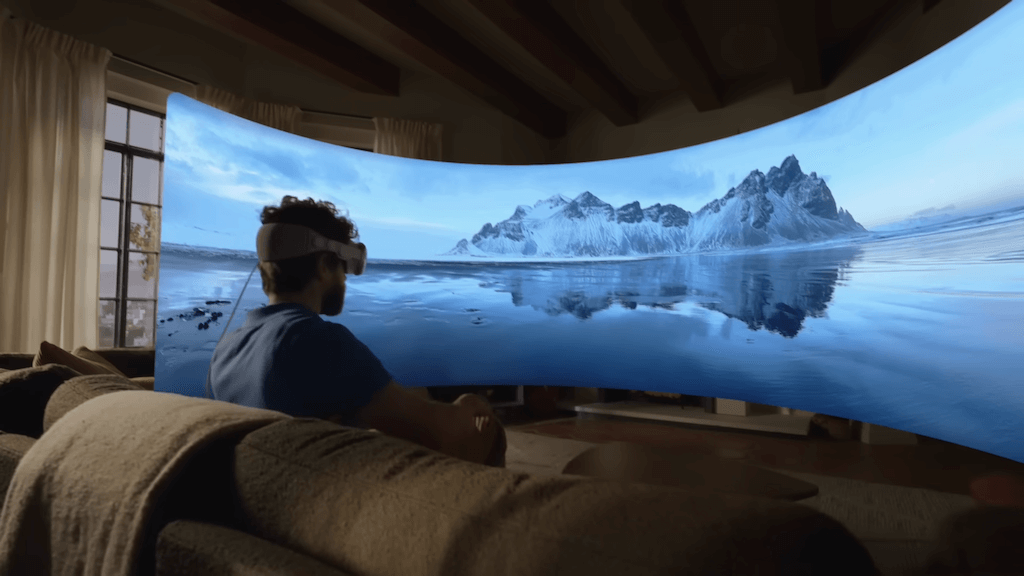
With Apple entering the spatial computing technology sector with the Vision Pro, the company is redesigning their Apple Apps for this new medium. Apple TV is bringing the cinematic experience to a new level, introducing super high-resolution virtual screens to view content.
Disney is leading the content creation space in entertainment for spatial computing. The company is expanding content creation for all its franchises, encompassing the complete lineup of Disney+ and sports, into spatial computing. This new medium will make consuming entertainment even more engaging and immersive.

The Walt Disney Company is also launching interactive entertainment in sports via ESPN for Apple Vision Pro. This new extended sports experience will enable viewers to bring the game into their homes, taking the experience to another level.
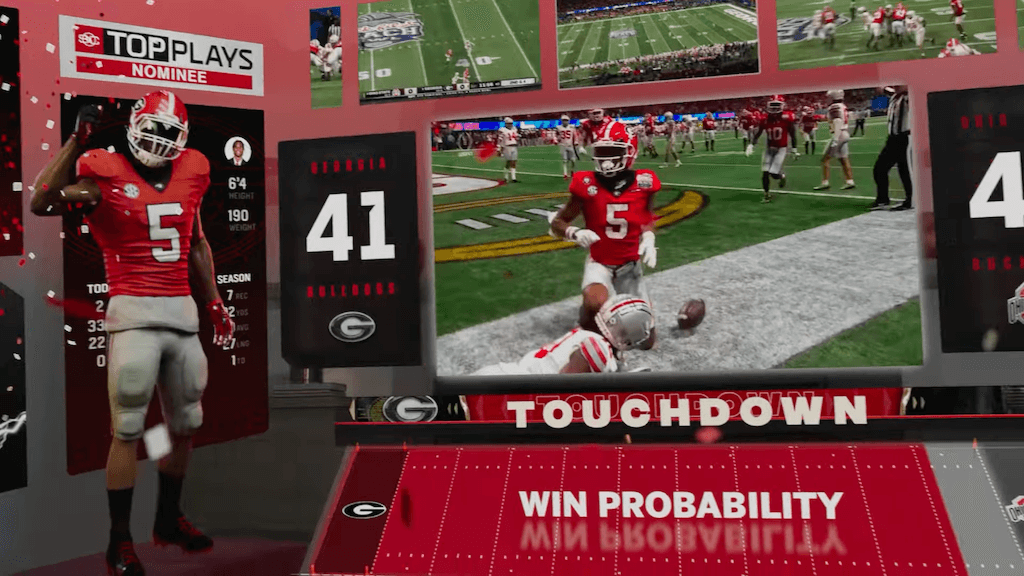
2. Meta Codec Avatars: Virtual Meetings
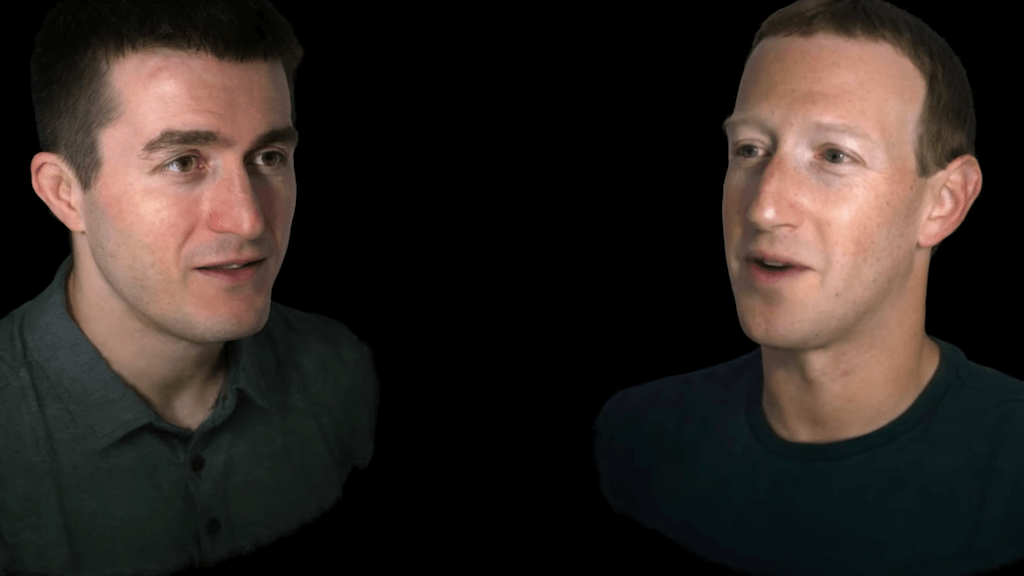
Meta is leading the way in spatial computing for the workplace with tools like Meta Workrooms and hyper-realistic codec avatars.
This technology was showcased in a recent podcast between Mark Zuckerberg and Lex Fridman, which was done in VR with codec avatars. Like most spatial experiences, one needs to experience it to understand it. Lex does a great job in communicating his awe for this amazing technology:
This is one of the most incredible experiences of my life… It feels like the future. - Lex Fridman
The power of bringing human presence into technological applications is one of the foundational thesis surrounding Mark’s vision for how we will use technology to connect people. Meta's codec avatars are a great example of how we can achieve this today, and a preview at how this type of communication will become a standard over the next few years.
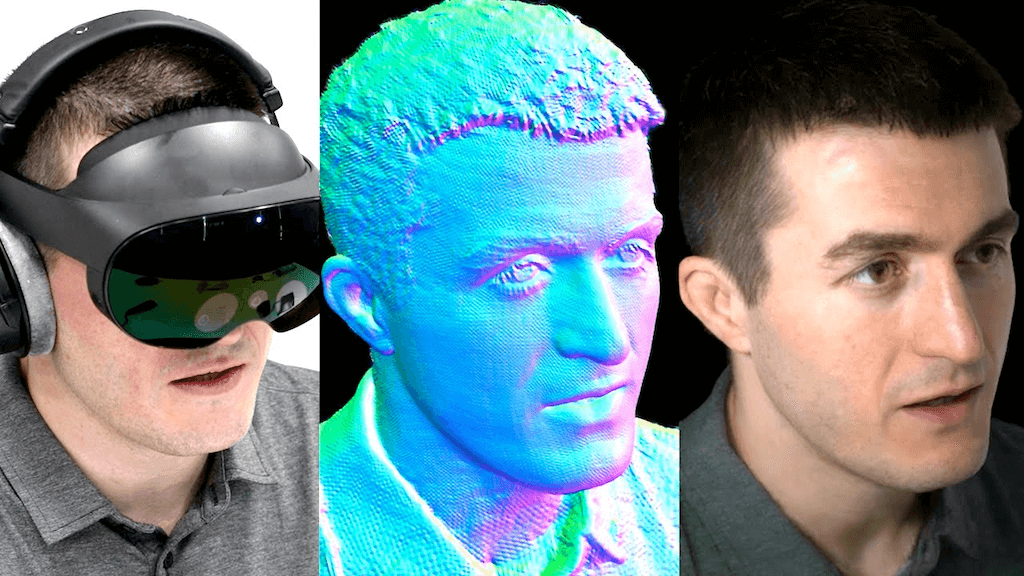
3. Apple Mindfulness: Immersive Meditation

Apple is launching the Mindfulness app as one of their flagship apps for the Vision Pro. With Mindfulness, users will be able to immerse themselves with all of our senses in mediation and mental wellness experiences.
Reaching deep states of meditation is challenging in today's world, filled with distractions. Spatial computing can provide the tools to transport ourselves away from these distractions and into deep states of flow and calm.
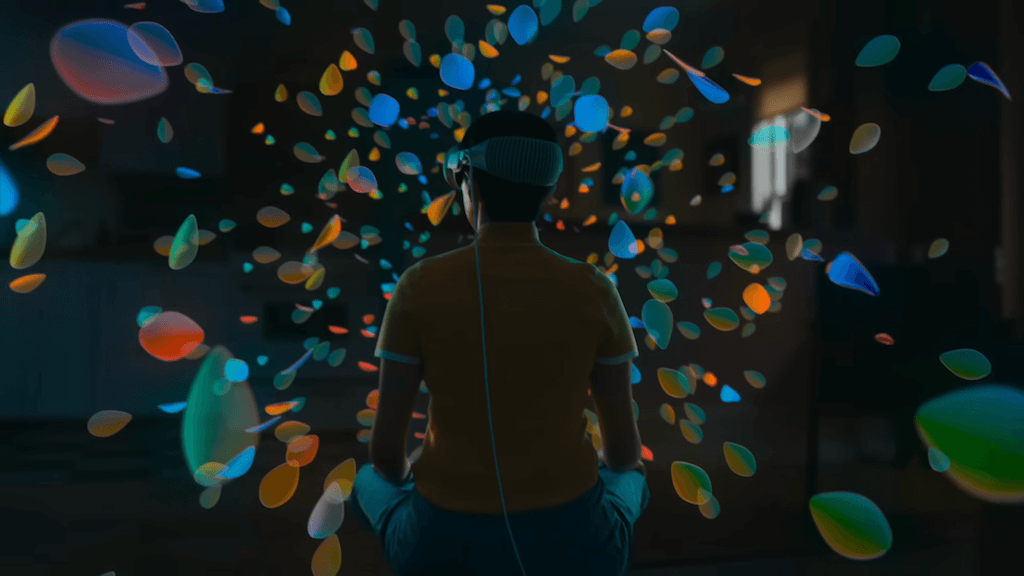
4. Microsoft 365 Suite: Productivity
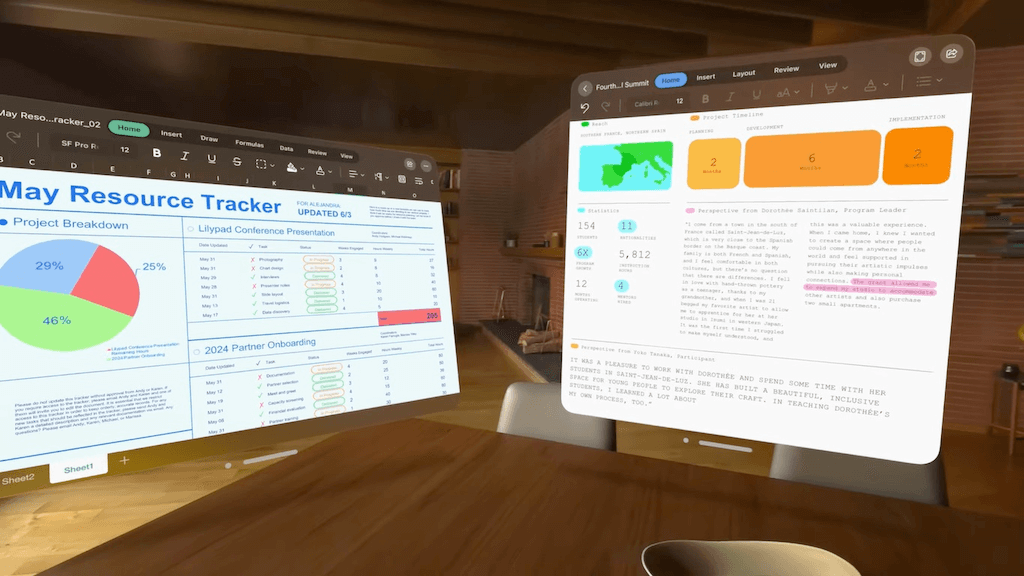
Microsoft is a leader in work tools such as Word, Excel, and Teams. The complete Microsoft 365 suite is available for spatial computing on Meta Quest Pro and Apple Vision Pro, allowing knowledge professionals to utilize these tools in spatial computing environments. These tools have been redesigned for this new medium, enabling seamless integration with the rest of the professional toolset and additional deep focus functionalities.
Other work and productivity tools, like Immersed, help users achieve deep states of flow by eliminating all physical world distractions. This isolation is essential for deep focus, especially during creative work.
5. Formula 1: Industrial Design
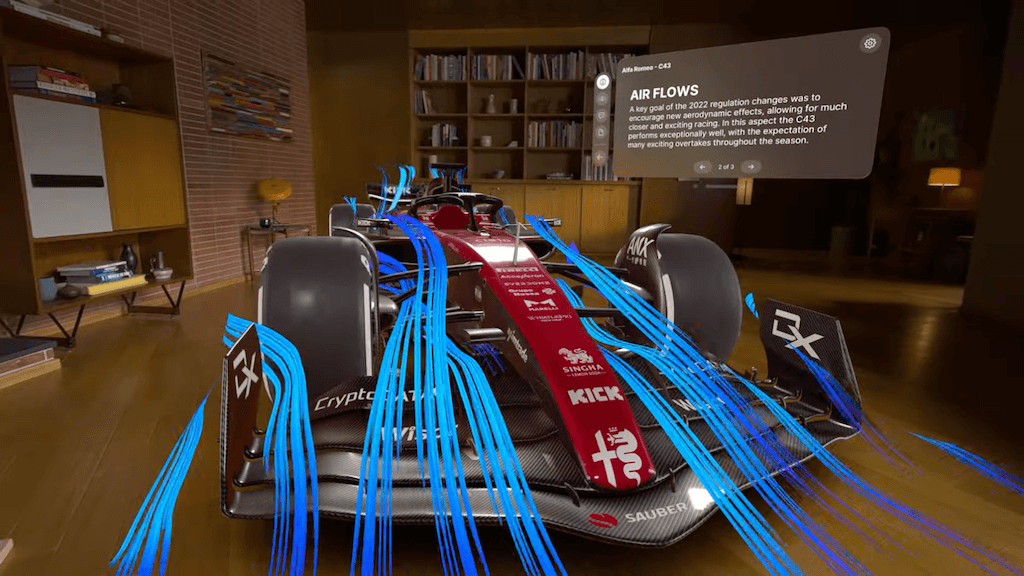
In the world of high-speed racing, precision and perfection is the path to victory. Formula 1 teams utilize spatial computing to visualize aerodynamics and refine car designs in a tangible 3D environment. Similarly, industrial design and engineering greatly benefit from the ability to envision and perfect designs before moving to production.
Companies such as Airbus, Volvo and Ford also harness spatial computing to enhance their understanding of designs more deeply and make well-informed choices, leading to improved precision and efficiency in vehicle production.
6. IKEA Place: Home Design
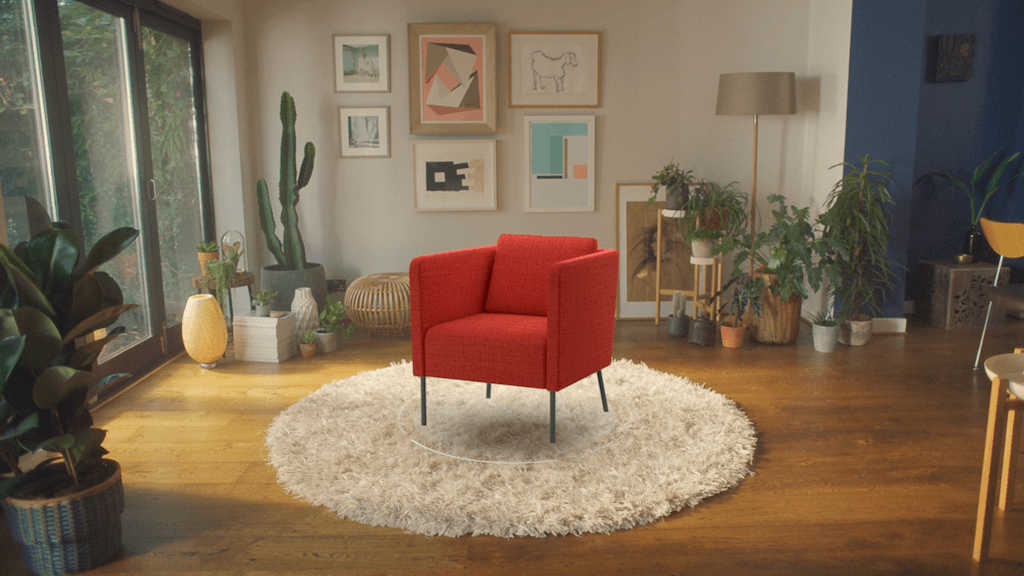
Have you ever wanted to see how a piece of furniture would look in your home before purchasing it? With IKEA Place, users can position virtual furniture in their actual space, ensuring it harmonizes seamlessly with their decor. The use case for home design has evolved from mobile AR technologies to head-mounted display tools, allowing interior design and furniture companies to showcase the final results to clients before making a purchase.
7. US Army: Integrated Visual Augmentation System
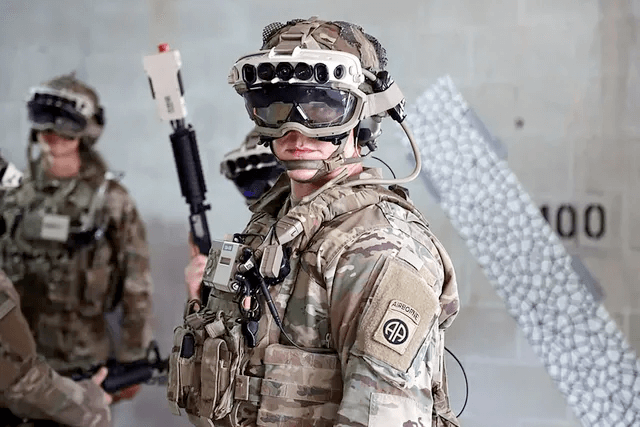
The U.S. Army has collaborated with Microsoft to design and deploy mixed-reality headsets, based on the Hololens technology, to enhance soldiers' situational awareness and field capabilities.
These headsets, known as the Integrated Visual Augmentation System (IVAS), offer features such as improved night vision, 3D terrain mapping, thermal imaging, and integration with weapon sights. Continuous feedback from soldiers was integral to the device's design, ensuring it met real-world battlefield needs.
8. Mercedes Benz: Remote Assist
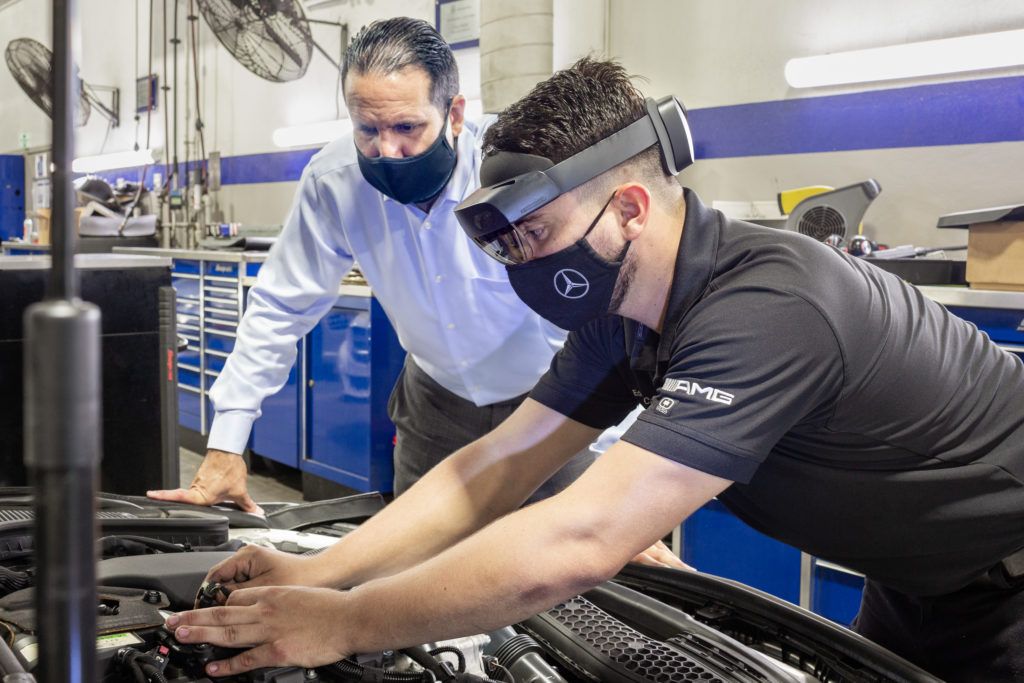
Mercedes-Benz leverages spatial computing for virtual remote assist support systems to scale and lead in automotive maintenance. The company empowers on-site technicians to collaborate in real-time with Mercedes-Benz specialists from around the world. The technology enables the experts to see through the eyes of the on-site technicians to offer contextual support.
The system not only enhances the customer experience by offering quicker maintenance solutions but also boosts the productivity of dealership technicians. Through this technology, experts can share first-hand visual information, deploy 3D references, and annotate the environment collaboratively.
9. Wildfire: Digital Twins
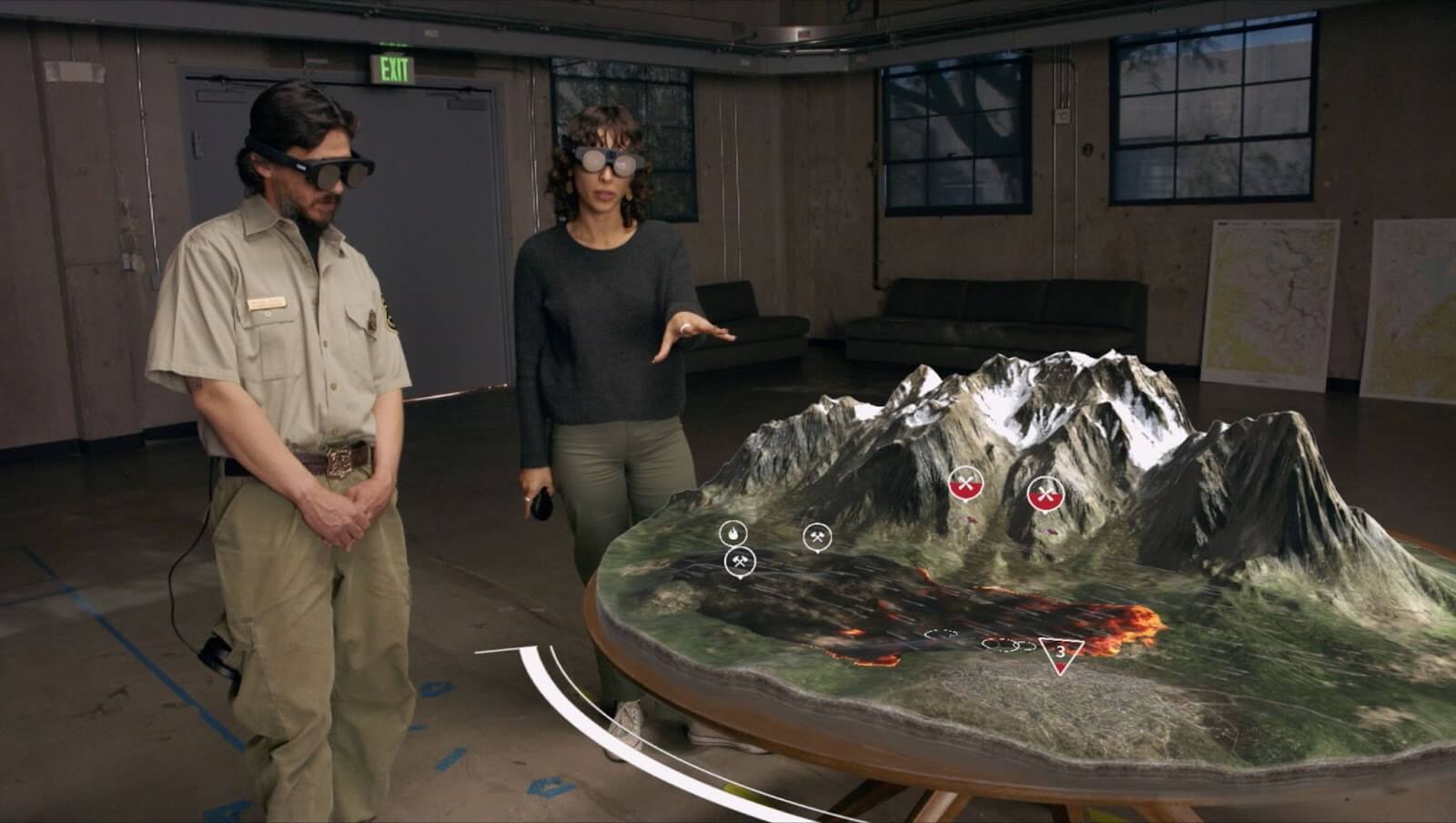
Magic Leap’s Wildfire app is a great showcase app on how spatial computing can be used for real-time data visualization over digital twins. This tool is initially being tested for wildfire prevention, training, and emergency response, as well as broader applications like watershed management and ecosystem restoration. The tool is being used to deepen our understanding of natural systems, encouraging bioregional thinking and aiding communities in managing shared resources.

Wrapping Up
With the launch of Meta Quest 3 and Apple Vision Pro, we are at the beginning of the next generation of spatial computing hardware devices. These hardware advancements will set the stage for a new wave of startups and companies developing innovative solutions, digital products, and new businesses.
Treeview is a veteran spatial computing development team collaborating with corporations and startups to build spatial computing products. If you're in search of a team to assist with spatial product development, get in touch!
Until next time.


